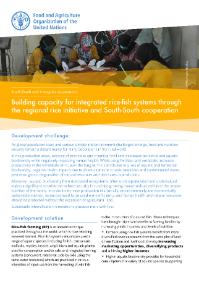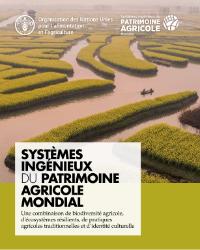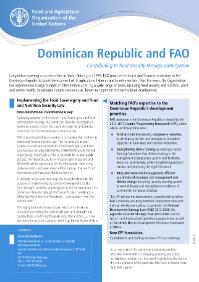Sistemas importantes del patrimonio agrícola mundial (SIPAM). La biodiversidad agrícola y los ecosistemas resilientes. Prácticas agrícolas tradicionales e identidad cultural
Durante siglos, los agricultores, pastores, pescadores y silvicultores han desarrollado sistemas agrícolas diversos y adaptados localmente, y los han gestionado con técnicas y prácticas ingeniosas que han perfeccionado con el paso de los años. Han sido los responsables de aportar a la humanidad una combinación esencial de servicios sociales, culturales, ecológicos y económicos. Estos "Sistemas Importantes del Patrimonio Agrícola Mundial" (SIPAM) son paisajes estéticamente impresionantes que combinan la biodiversidad agrícola con ecosistemas resilientes y un valioso patrimonio cultural.





